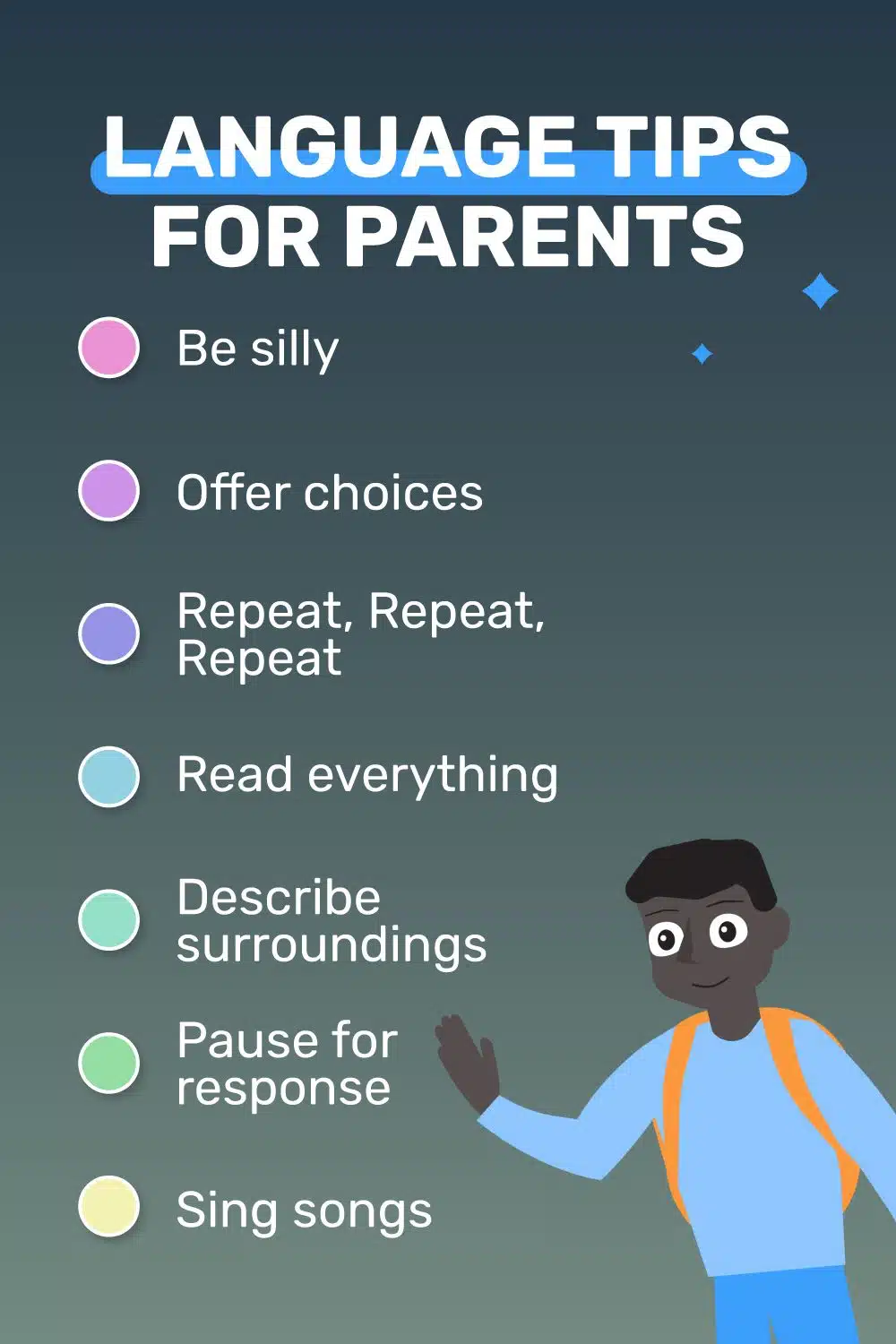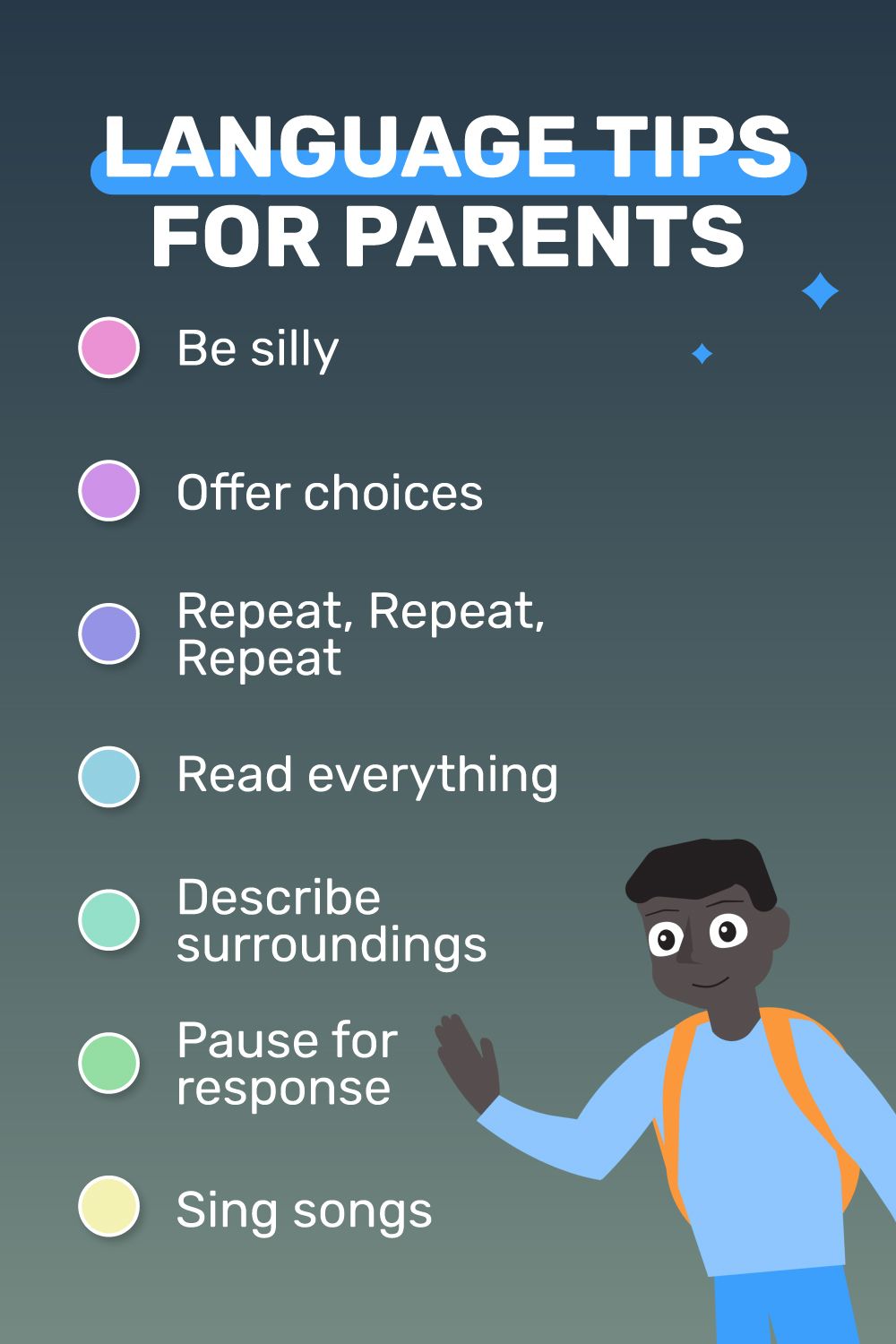Meet Susie, a bright and imaginative 8-year-old girl with special needs. Through her story, we’ll explore the concept of BICS vs. CALP and its impact on language development and academics.
- Susie effortlessly engages in conversations with family, friends, and teachers, using Basic Interpersonal Communication Skills (BICS).
- Her BICS skills shine in casual conversations and storytelling.
One day, during a class discussion on space exploration, Susie encounters challenges that highlight the importance of Cognitive Academic Language Proficiency (CALP):
- Susie struggles with complex vocabulary and detailed information in the text, affecting her CALP skills.
- Her teacher implements strategies like simplified explanations, visuals, and hands-on projects to support her language development.
With targeted support, Susie’s language skills flourish:
- Her BICS skills continue to thrive in social settings.
- Improved CALP skills enable Susie to comprehend complex texts, express ideas academically, and actively participate in discussions.
Susie’s story emphasizes the significance of addressing both BICS and CALP for well-rounded language development and academic success in children with special needs. By tailoring interventions to their strengths and challenges, we create an inclusive environment where all children can reach their full potential.











